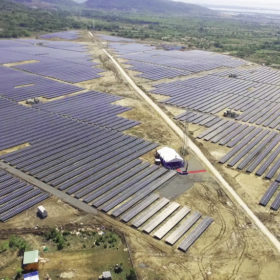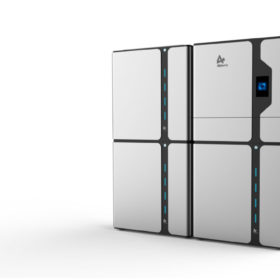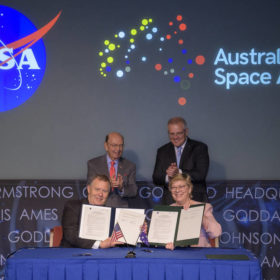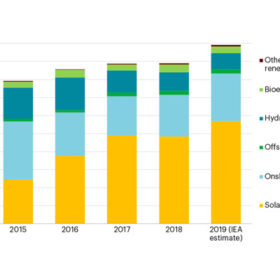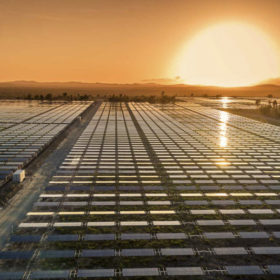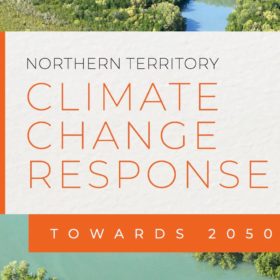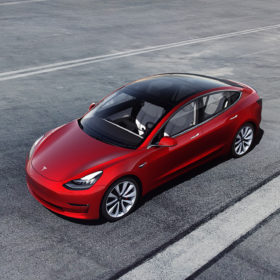Vietnam may cut FITs for large scale solar 20%
The tariff for rooftop PV will be maintained at $0.0935/kWh but payments for ground-mounted and floating solar could be cut to $0.0709/kWh and $0.0769, respectively. The previous FIT scheme, according to government figures, has driven the deployment of around 5 GW of solar generation capacity.
Alpha-ESS ramps up battery production in South Australia and partners in new VPP
The China-headquartered battery manufacturer has opened a new assembly facility at Lonsdale, as part of its commitment to the South Australian Government’s Home Battery Scheme. Alpha-ESS batteries will form part of a new virtual power plant launched into the market this week by ShineHub and energy retailer Powershop.
Finkel persisting with carbon capture and storage
Australia’s chief scientist Dr. Alan Finkel continues to push Australia toward a strong hydrogen economy produced by solar and wind through electrolysis. However, Finkel remains attached to the idea that toxically unpopular carbon capture and storage methods, a lifeline for fossil fuel producers, should also play a part.
Australia joins solar powered space race
The Australian Space Agency (ASA) has joined the next generation, or rather this generation, space race, between the U.S. and China. A $150 million investment from the Morrison Government into the ASA will see Australia partner with NASA on its next sustainable exploratory missions.
South Australia government releases Hydrogen Action Plan
South Australia is looking to leverage its wind, sun, land, infrastructure and skills to be a world-class renewable hydrogen supplier.
As EVs build momentum, why is electric aviation still grounded?
Why is electric aviation still up in the air? Or rather, why isn’t it up in the air? We have Teslas on our roads, Melbourne’s trams are powered by solar, and trains are connected to the grid already, but why is electric aviation lagging behind?
International Energy Agency forecasts 115 GW of new solar this year
The global expansion of PV, wind power and other clean energies will see double-digit growth this year as solar continues to lead the pack.
ANU set to provide blueprint for Australia’s renewable export industry
The Australian National University (ANU) has launched a new research project to provide a blueprint by which Australia can look to install itself as the renewable energy powerhouse of the region. The project raises both political and feasibility questions about Australia’s economic future.
NT sets zero emissions target and backs itself for a solar century
The Northern Territory (NT) Labor Government has launched its draft Climate Change Response, a comprehensive and informed plan to reach net zero emissions by 2050. The NT is looking particularly to solar, as “Solar is the cheapest form of new electricity generation, and the NT has one of the best solar resources in the world.”
Credits & discounted rates for smart charging encourages EV uptake
Electricity retailer Powershop is encouraging the uptake of Electric Vehicles (EVs) with the introduction of a “Super Off-Peak Tariff”, a way for EV owners with smart meters to charge their vehicles at a reduced rate.
